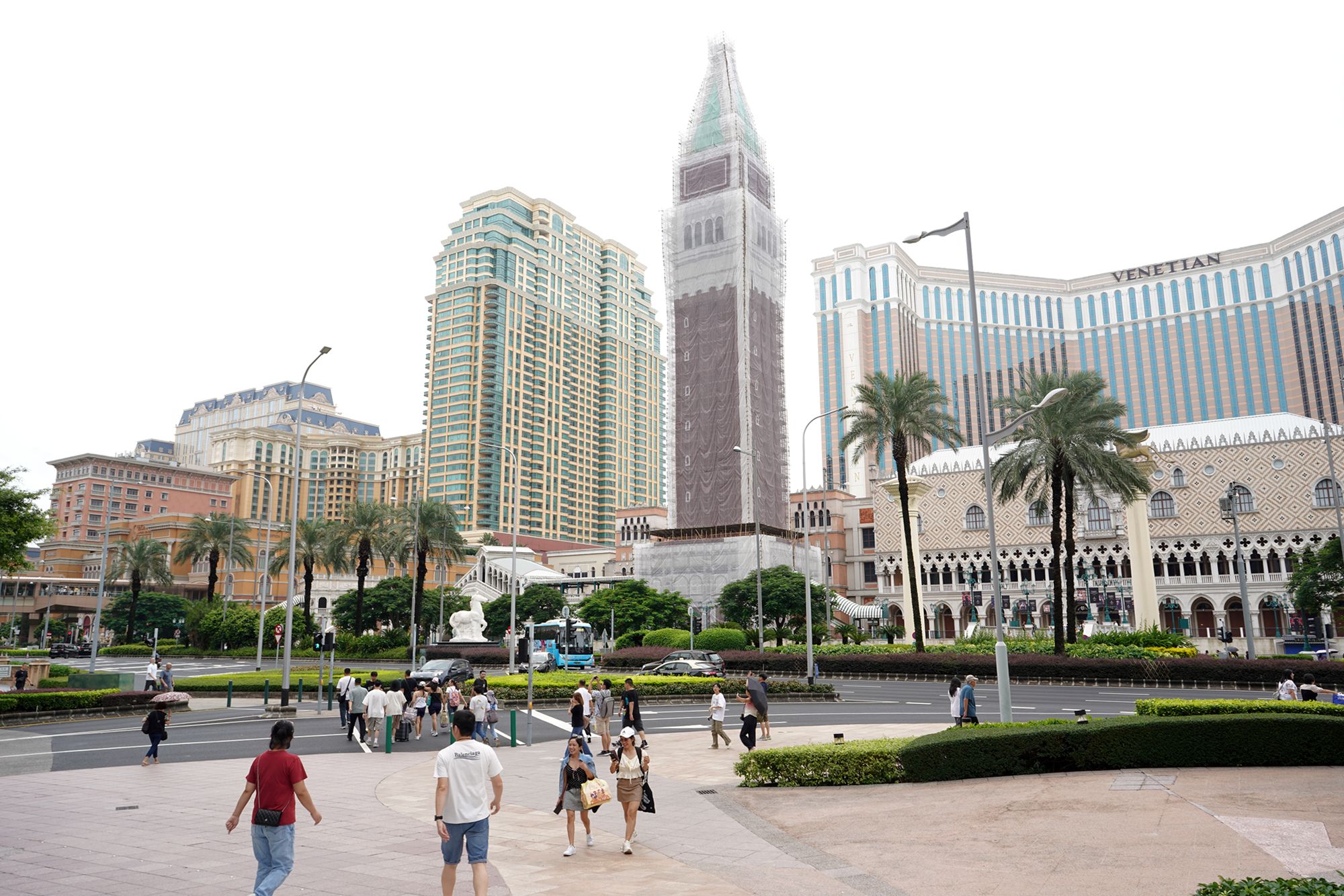Macau Walk, Macau
Macau is situated close to Hong Kong, making it easy to visit from there. 961
Monte Fort: 22 Calcada das Verdades, Macao
St. Dominic’s Church: Largo de São Domingos, Macao
Date Picture Taken: August, 2024
I went to Macau by ferry boat from Hong Kong



Then, from the ferry station in Macau, I took a taxi to the Walls of St Paul Church.

The Walls of St Paul Church.
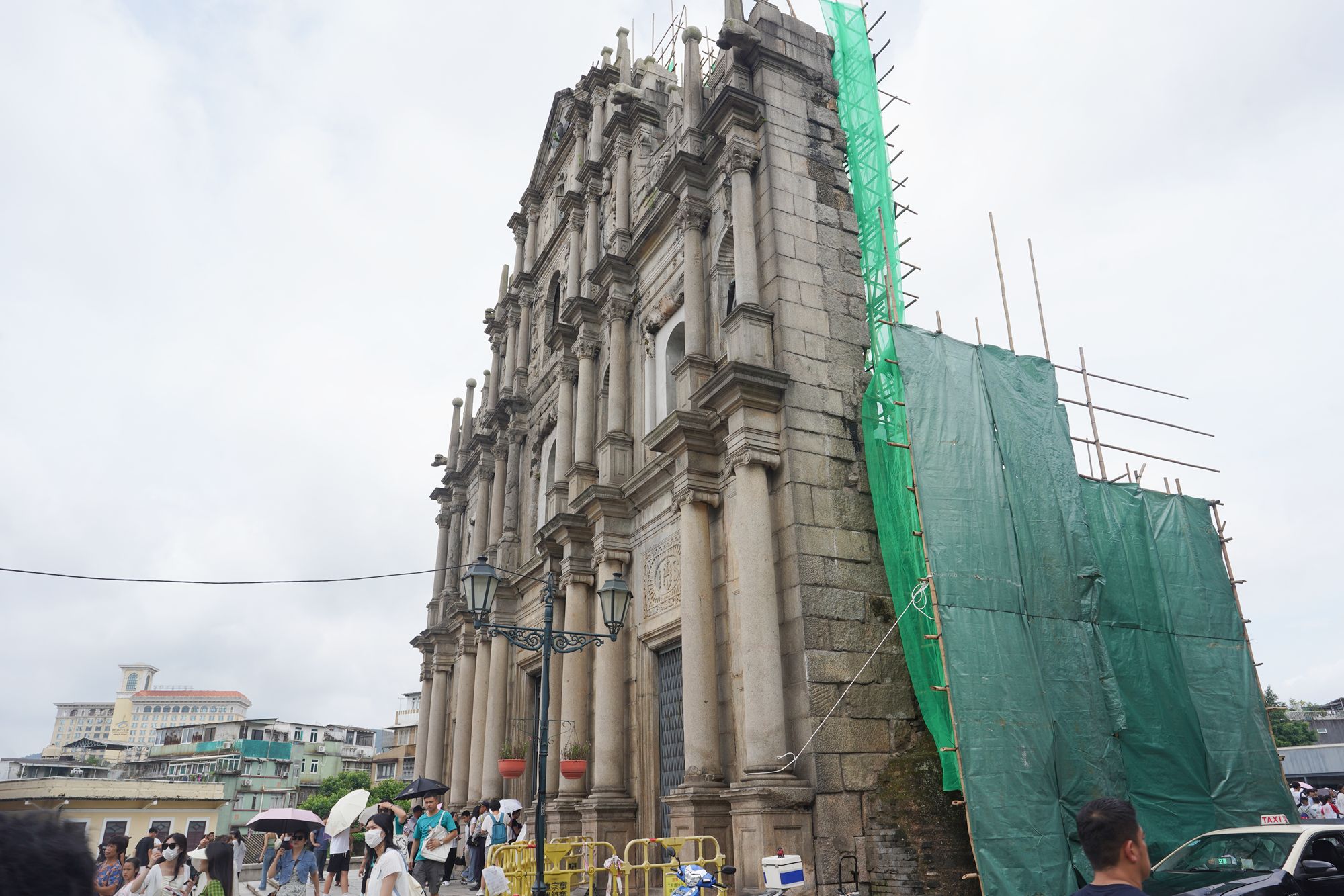


The Ruins of St. Paul’s in Macau are the remains of a 17th-century complex that included St. Paul’s College and the Church of St. Paul. Originally built in the early 1600s by Jesuit missionaries, the church was one of the largest Catholic churches in Asia at the time.

However, it was largely destroyed by a fire during a typhoon in 1835, leaving only its famous southern stone facade, which is now one of Macau’s most recognizable landmarks.

The crowd in front of the stone facade.
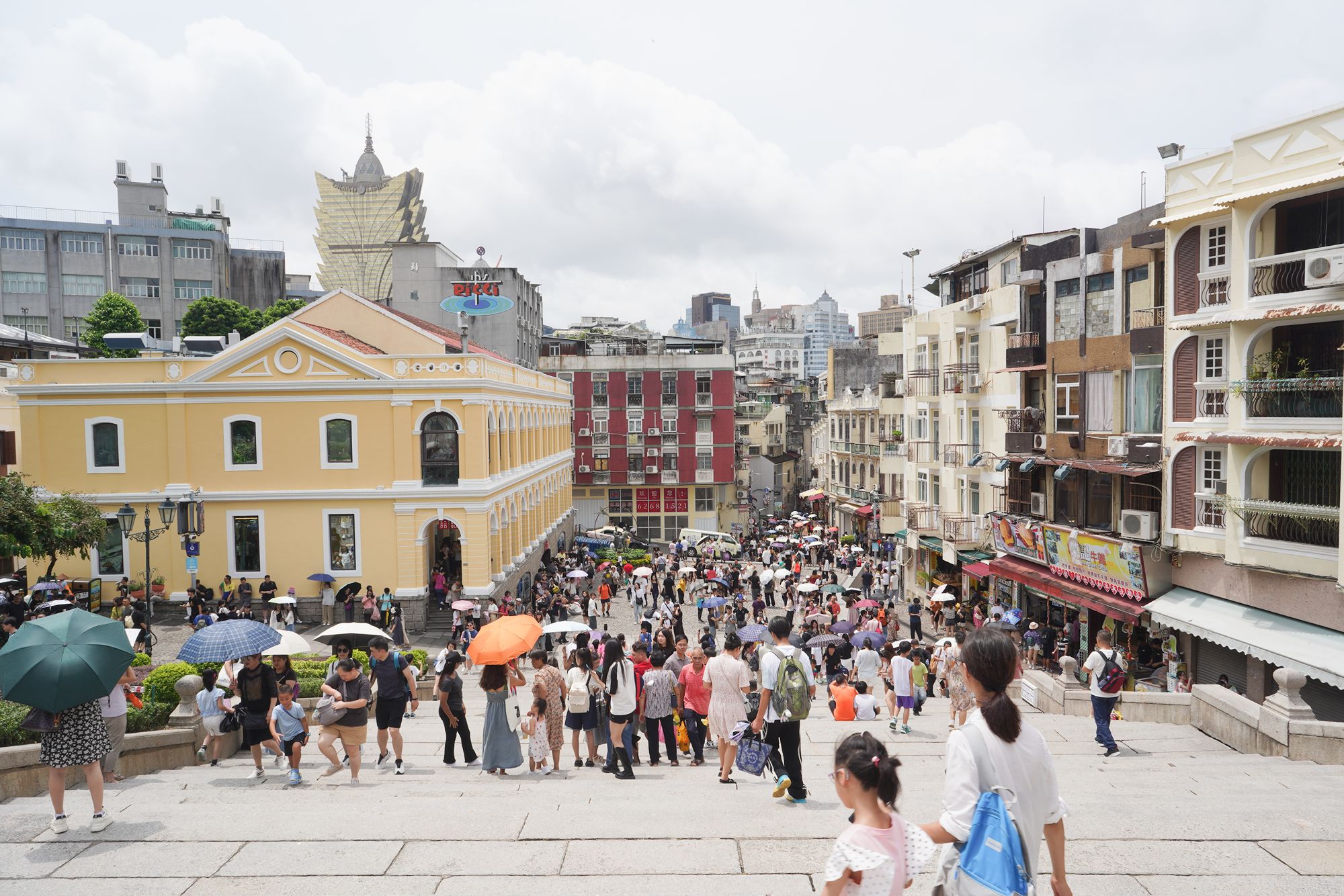
The surviving facade is a beautiful example of Baroque architecture with intricate carvings that blend both Western and Eastern elements. The four-tiered stone facade includes statues of saints, biblical motifs, Chinese inscriptions, and motifs of chrysanthemums (the symbol of the Virgin Mary).

St. Paul’s was originally the “Mater Dei” (Mother of God) Church, built by the Jesuits, and served as a key center for missionary work in Asia. The site symbolizes the historical connection between Europe and Asia during the colonial era.

Behind the facade is a yard with museums

The rear view of the Ruins of St. Paul’s in Macau

There were many tourists near the Ruins of St. Paul’s in Macau


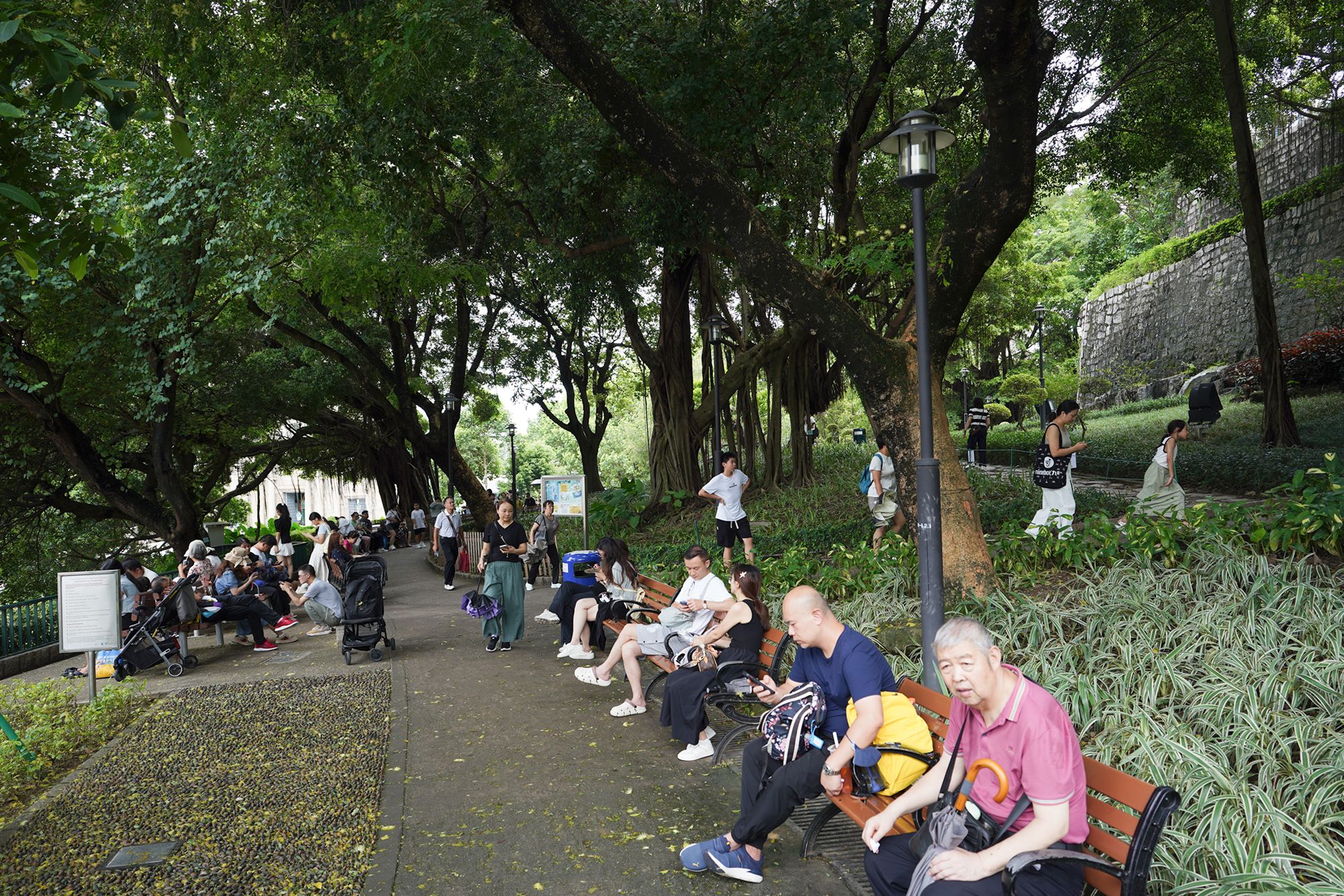
Next to the Ruins of St. Paul’s in Macau is the Monte Fort. I climbed the stairs to the Monte Fort but later found escalators leading up to it.
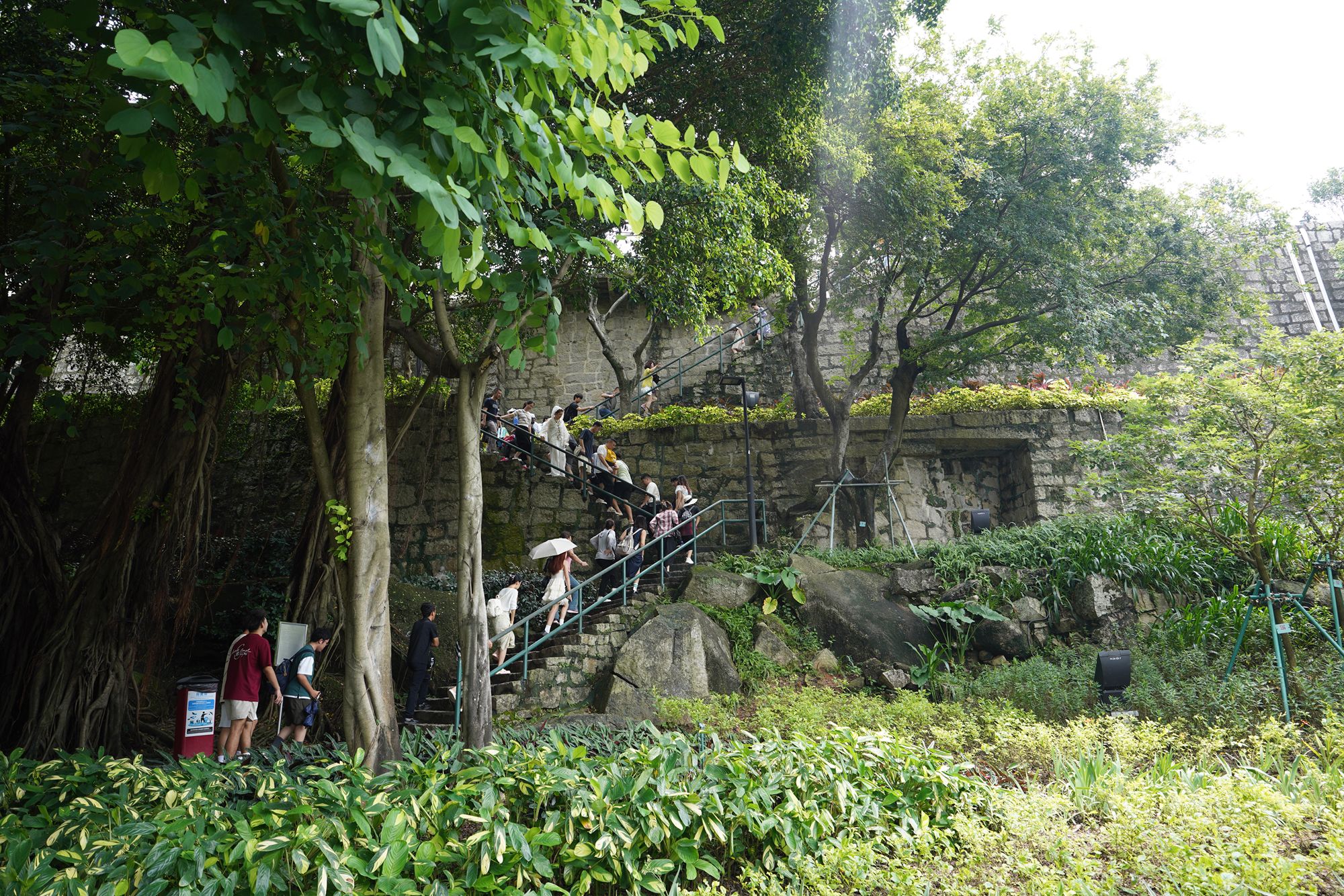
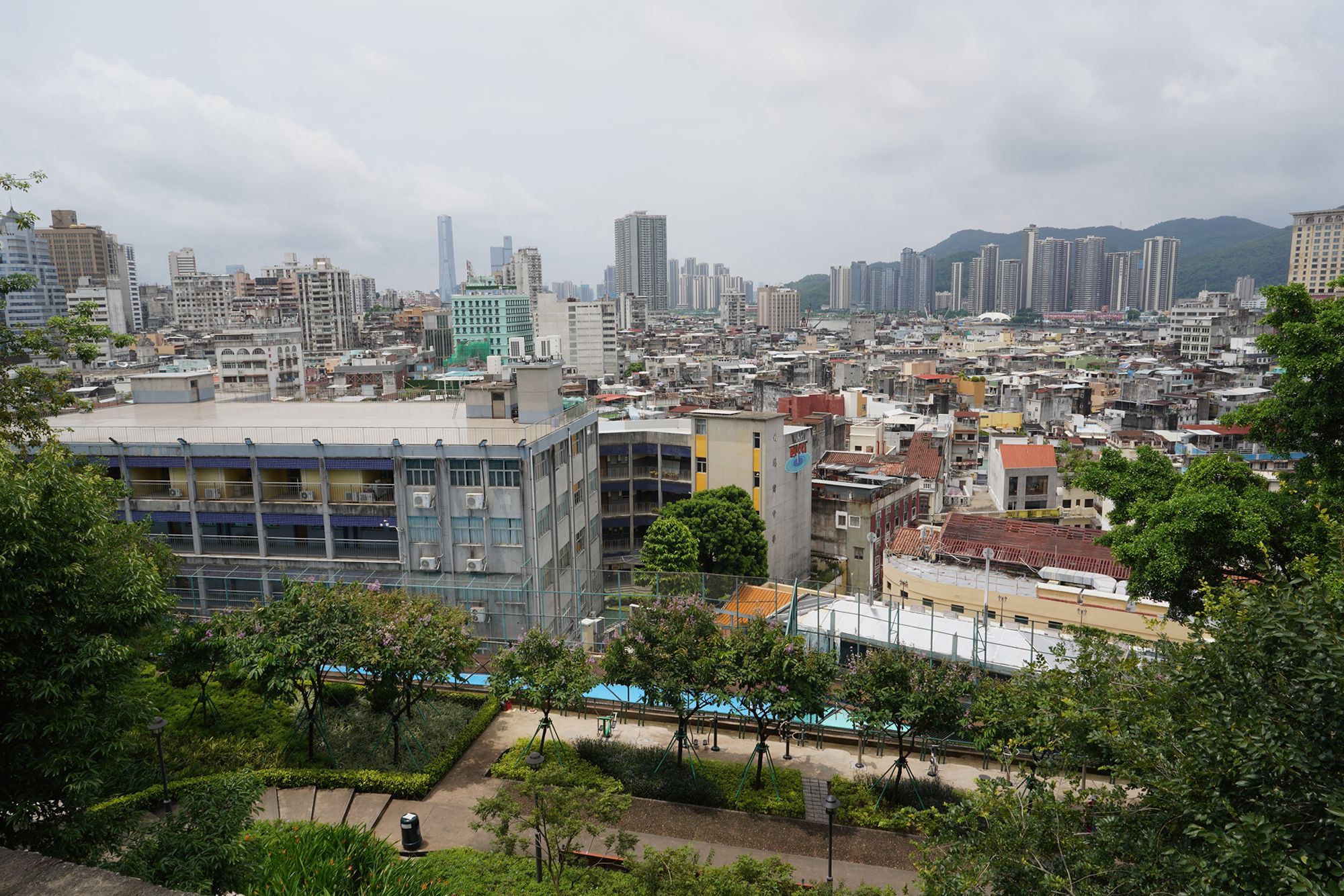


Climbed more stairs




At the top

Inside the fort is the Museum of Macau, which opened in 1998. The museum explores the history and culture of Macau, with exhibits covering its early development, colonial era, and the blending of Chinese and Portuguese cultures.

Constructed between 1617 and 1626, the fort played a crucial role in defending Macau against foreign invaders, most notably during the Dutch invasion of 1622. Thanks to the fort’s strategic location and cannons, the Portuguese successfully repelled the attack.

Monte Fort is located on a hill, offering commanding views of the Macau Peninsula. Its strategic position made it ideal for surveillance and defense. The fort occupies around 8,000 square meters and is shaped roughly like a trapezoid.
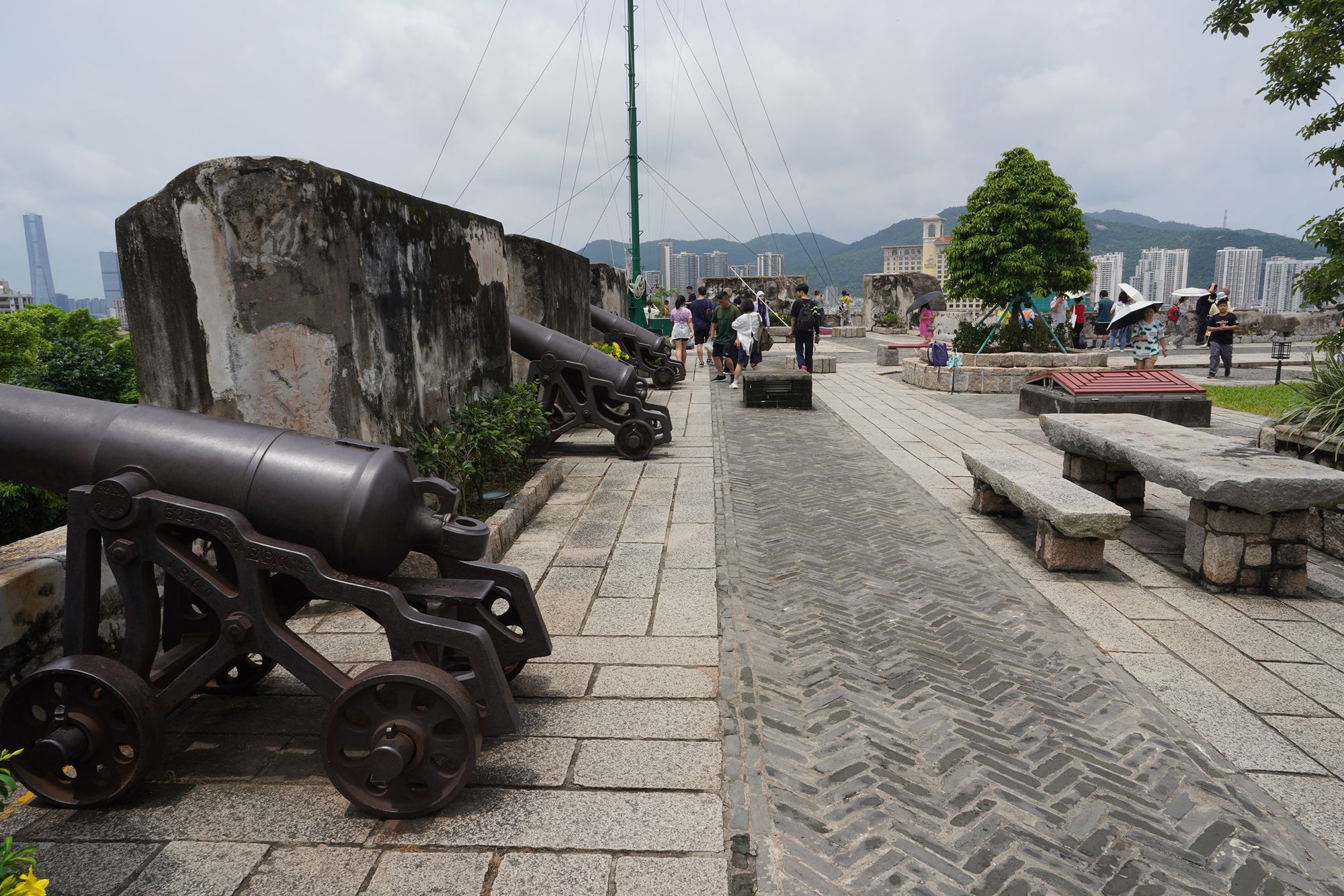
Like the Ruins of St. Paul, Monte Fort symbolizes the Portuguese presence in Asia and their efforts to protect their colonial interests. It stands as a testament to Macau’s blend of East and West, showcasing the city’s unique historical role as a crossroads of cultures.




One of the main attractions of Monte Fort is the stunning panoramic view of the city. From the top, visitors can see landmarks such as the Macau Tower, the surrounding casino skyline, and the A-Ma Temple.



Came down from the fort





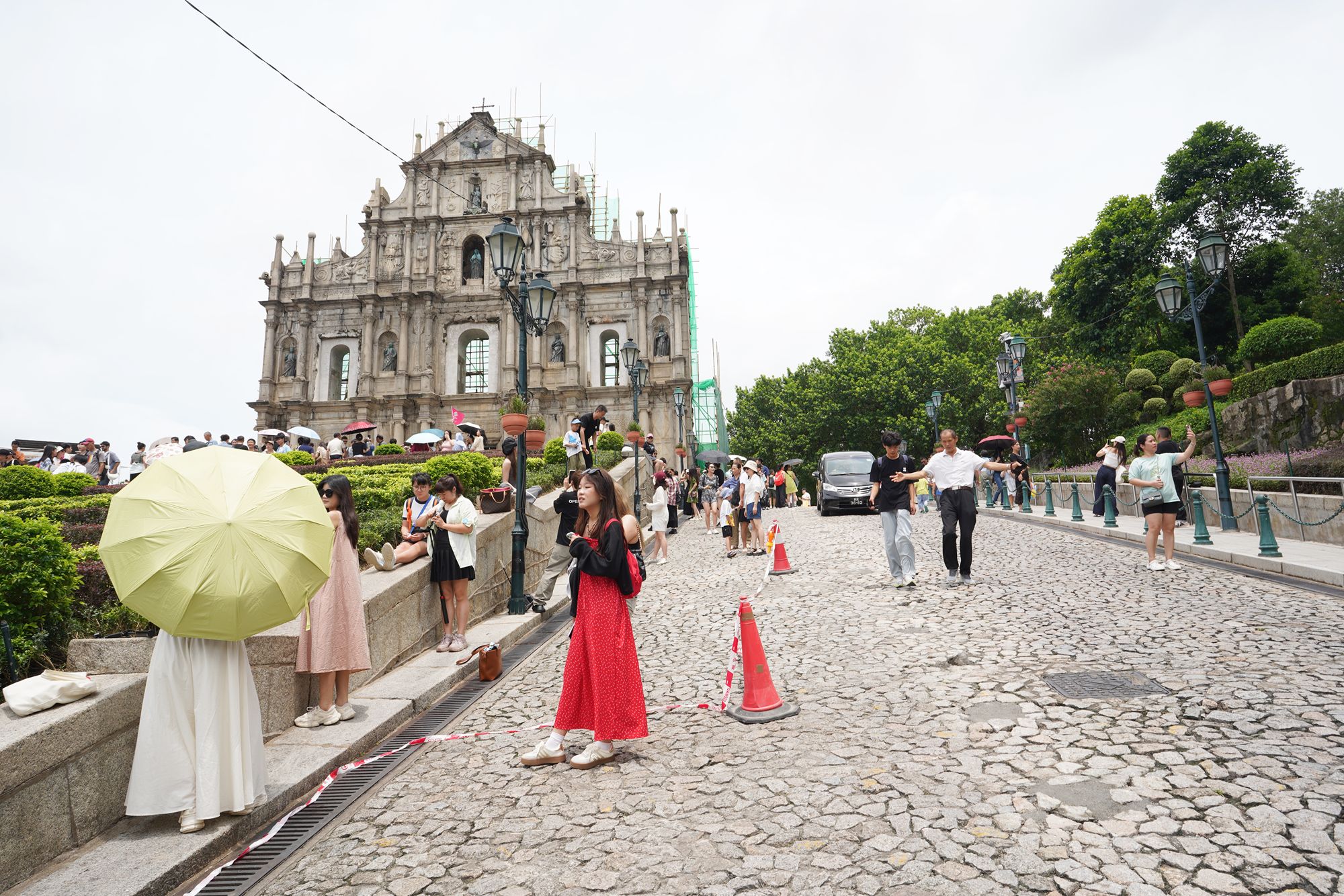
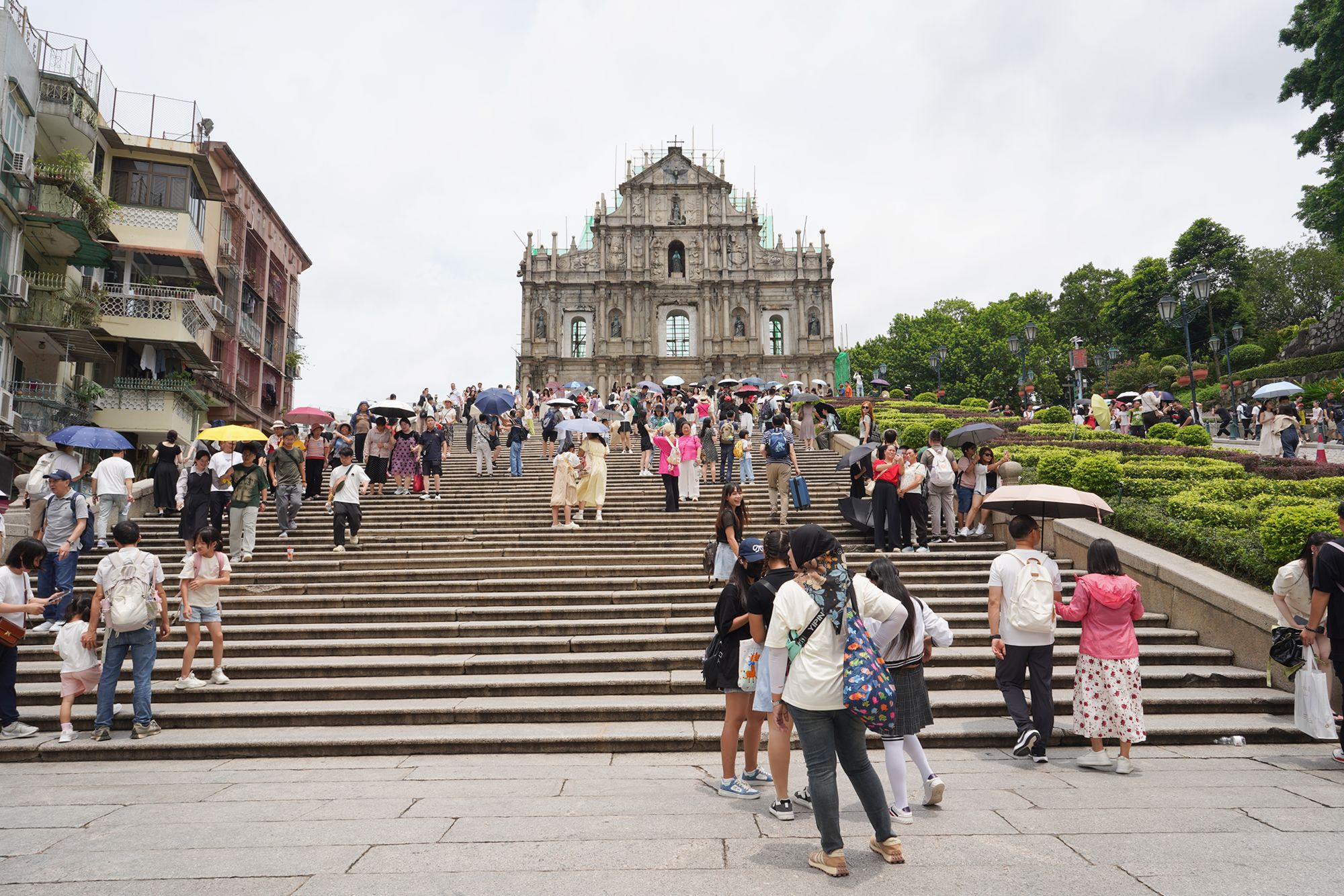
You can see a narrow street far away in the picture. That is the main street that connects this area to the city center plaza.

And you can guess how the narrow street will be packed with people when all these people are trying to pass through it.


Back side



A side street, where I step aside to get a little breathing room from the crowd
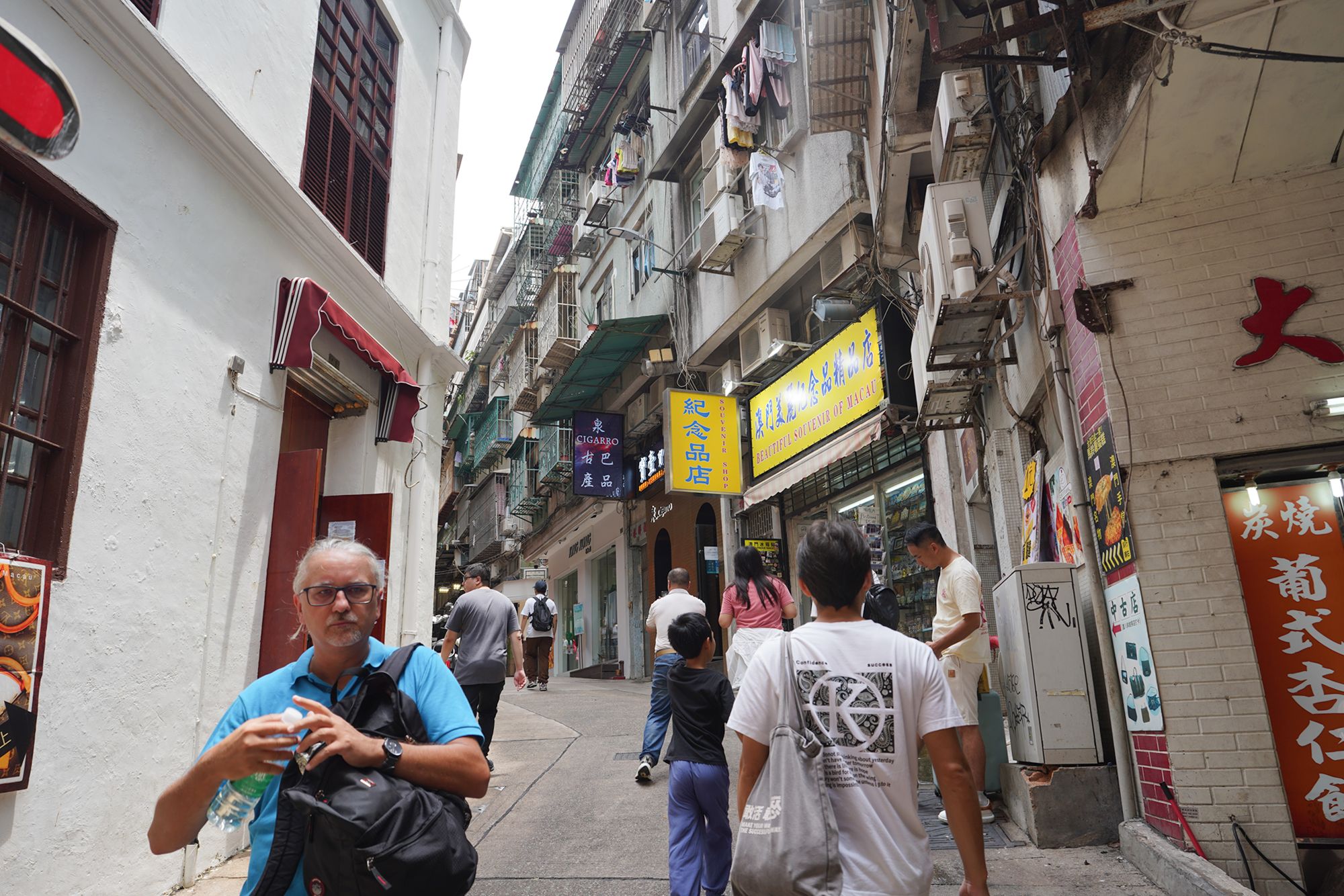
The view of the crowd from the side


Then I got back into the crowd

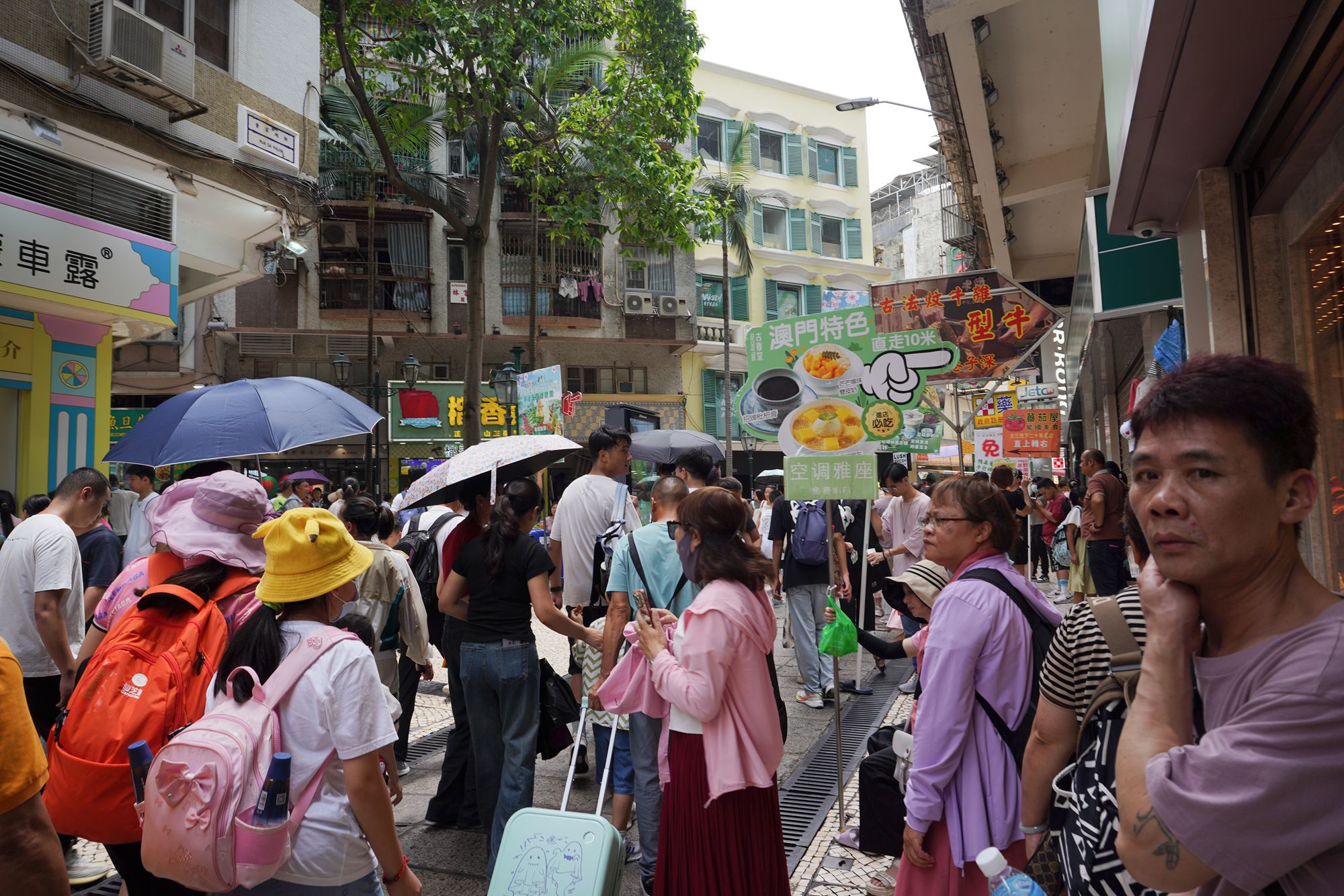

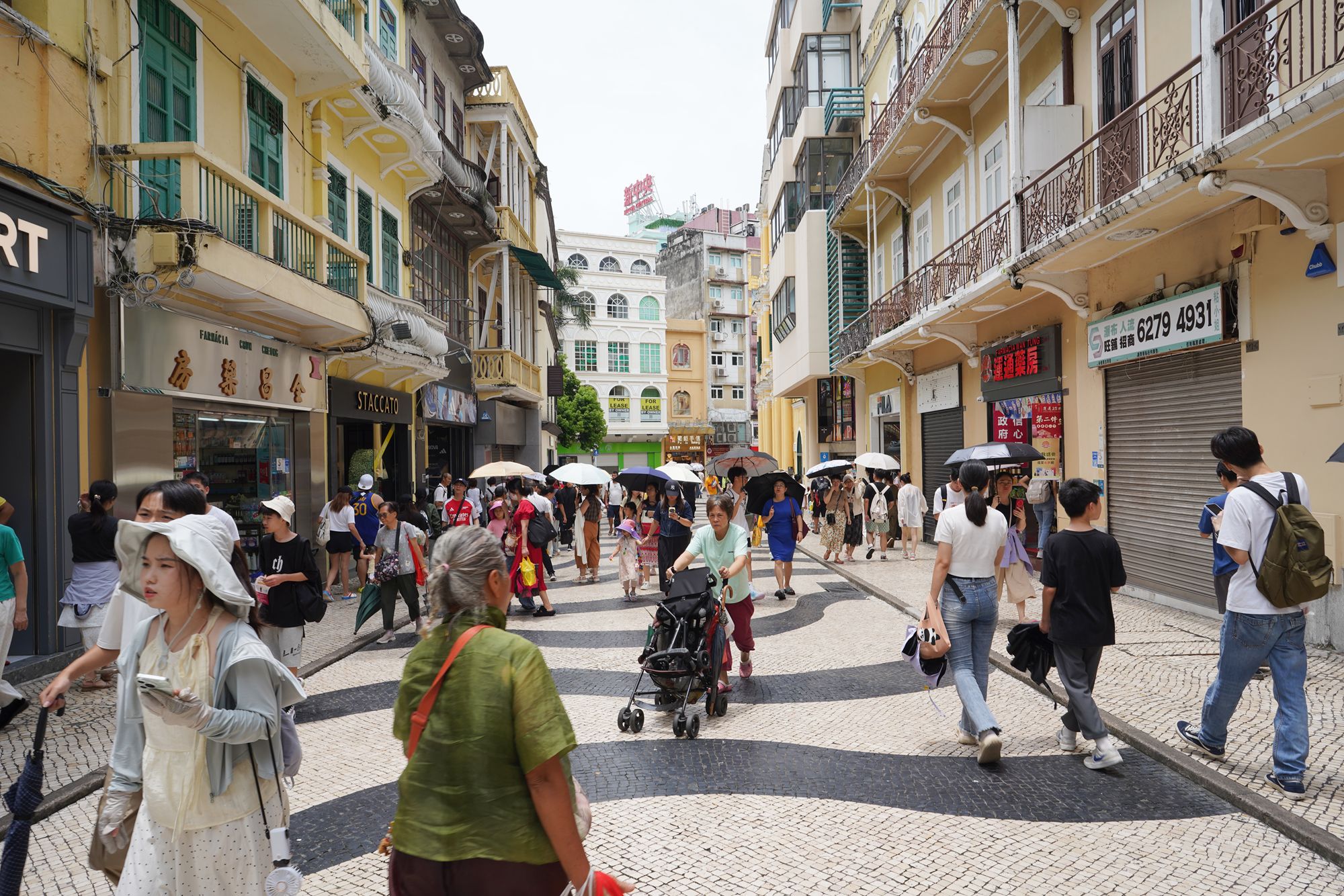
And reached this plaza (Senado Square) in front of a church

St. Dominic’s Church—St. Dominic’s Church is a historic Baroque-style Roman Catholic church located in the heart of Macau’s Senado Square. It is one of the oldest and most well-preserved churches in the city, and it plays a significant role in Macau’s religious and cultural history. The church is part of the “Historic Centre of Macau,” a UNESCO World Heritage site, and is renowned for its vibrant yellow facade and intricate architectural details.
The exterior of St. Dominic’s Church is a beautiful example of Portuguese colonial Baroque architecture, with its iconic yellow and white facade, green shutters, and a bell tower. The design is simple yet elegant, reflecting both European and local influences.

The interior of the church is equally striking, with high ceilings, wooden altars, and intricate religious icons. The main altar features a statue of the Virgin Mary, and the church is adorned with religious relics and images of saints.
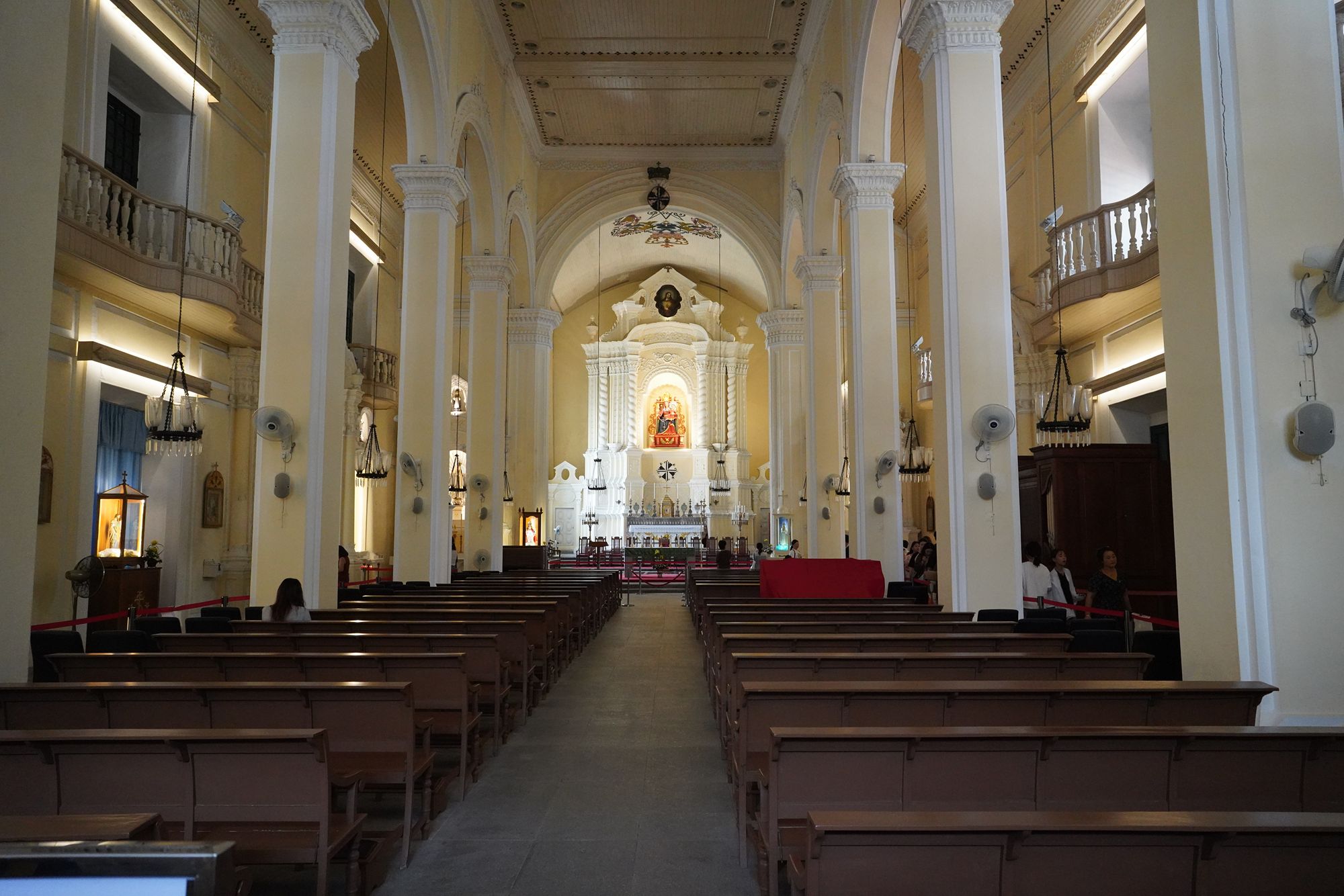
St. Dominic’s Church has been a key center for Catholic worship and religious activities for centuries. It hosted significant events, including the famous Mass in 1644 when the news of the fall of the Ming dynasty reached Macau.





A side street
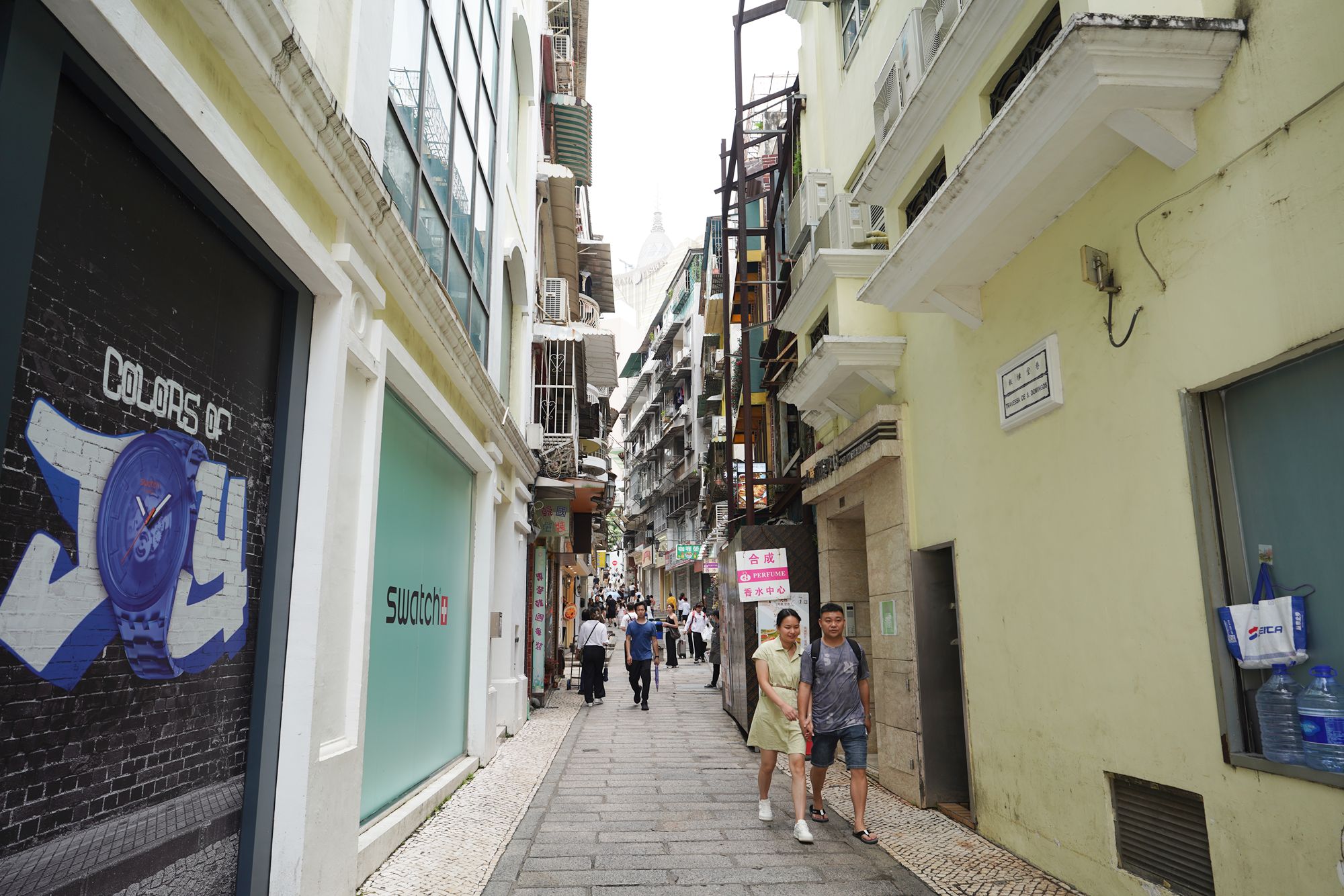
A larger open area of Senado Square



In front of the Senado Square is the Municipal Affairs Bureau building.

Senado Square is one of the most iconic public squares in Macau, and the Municipal Affairs Bureau building adds to the colonial charm of the area with its neoclassical architectural style.



Inside the Municipal Affairs Bureau Building

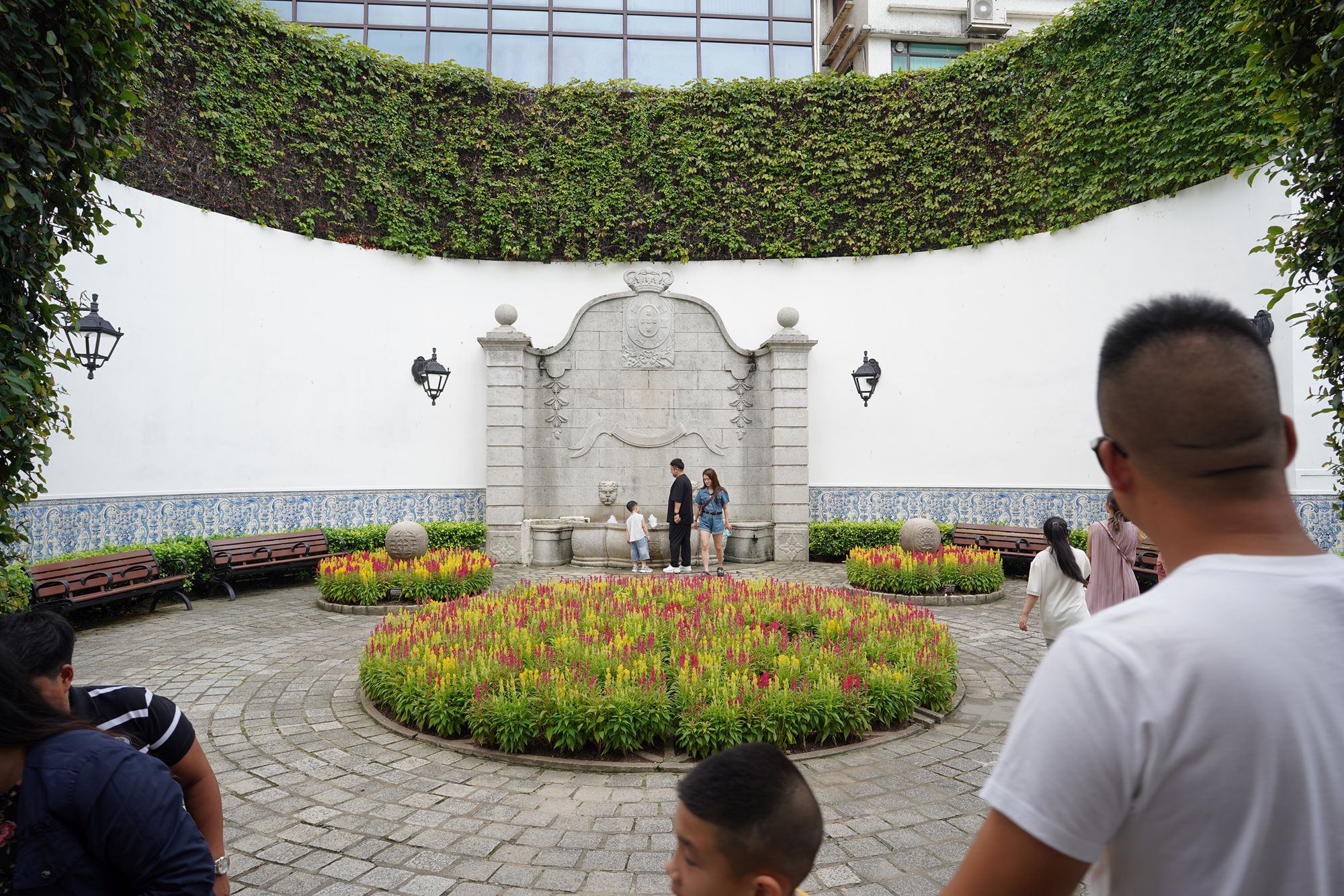
From here, I took a city bus to the casino area in Macau.

I took the bus and arrived at the City of Dreams in Macau’s casino area.




I will post a blog on Macau’s Casino Area
